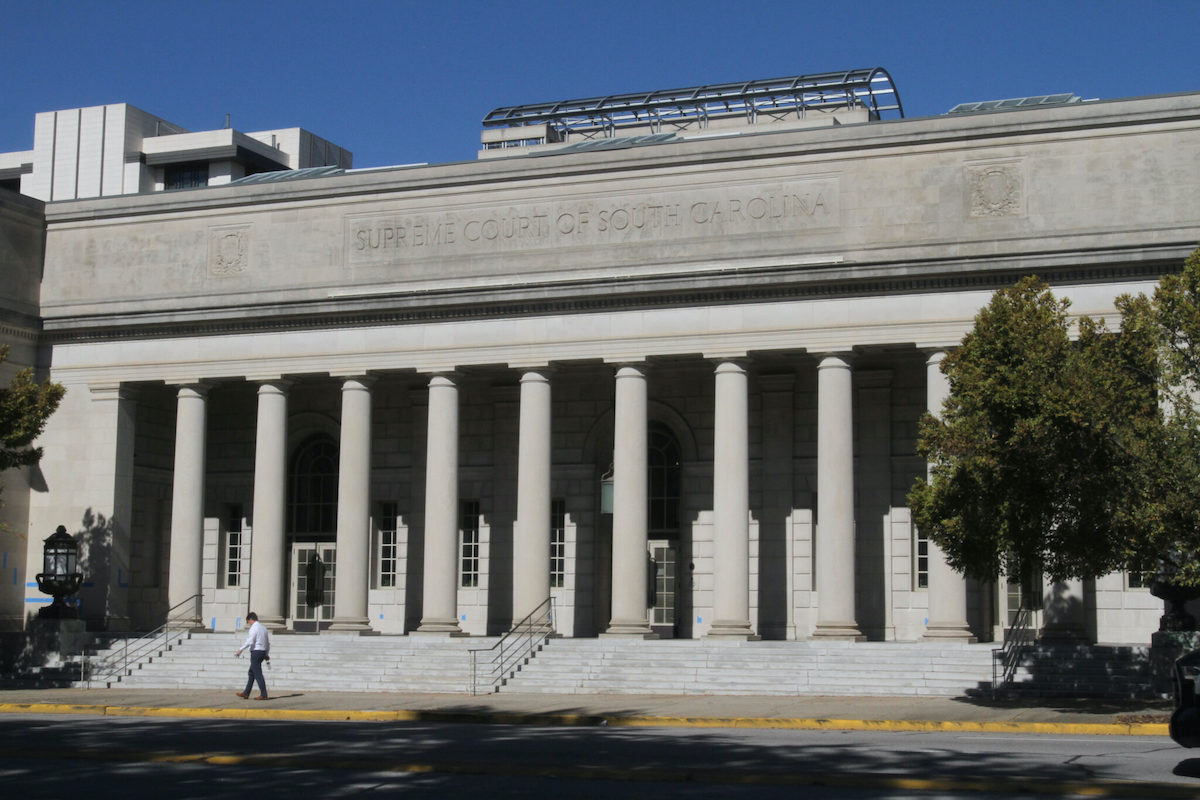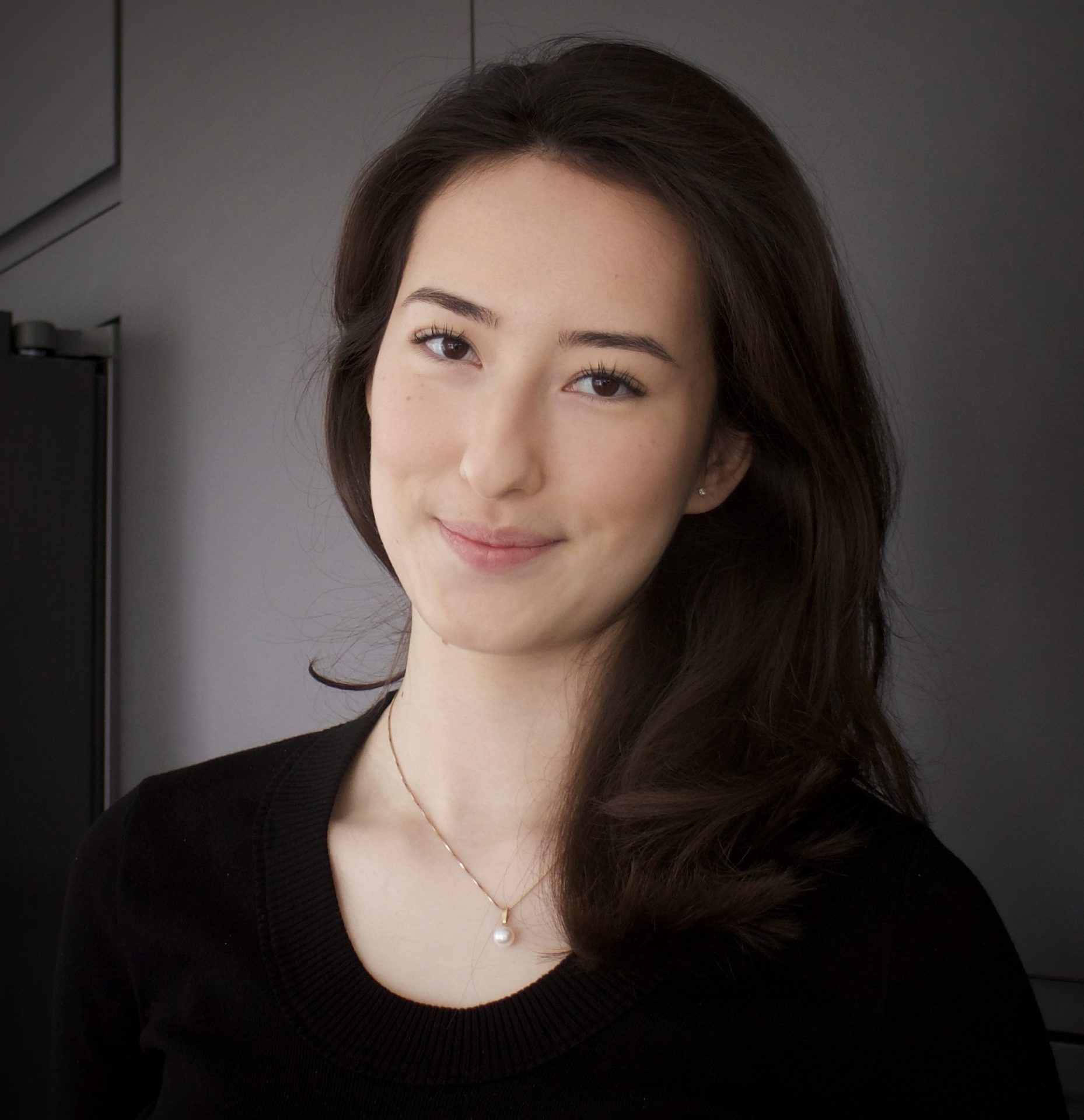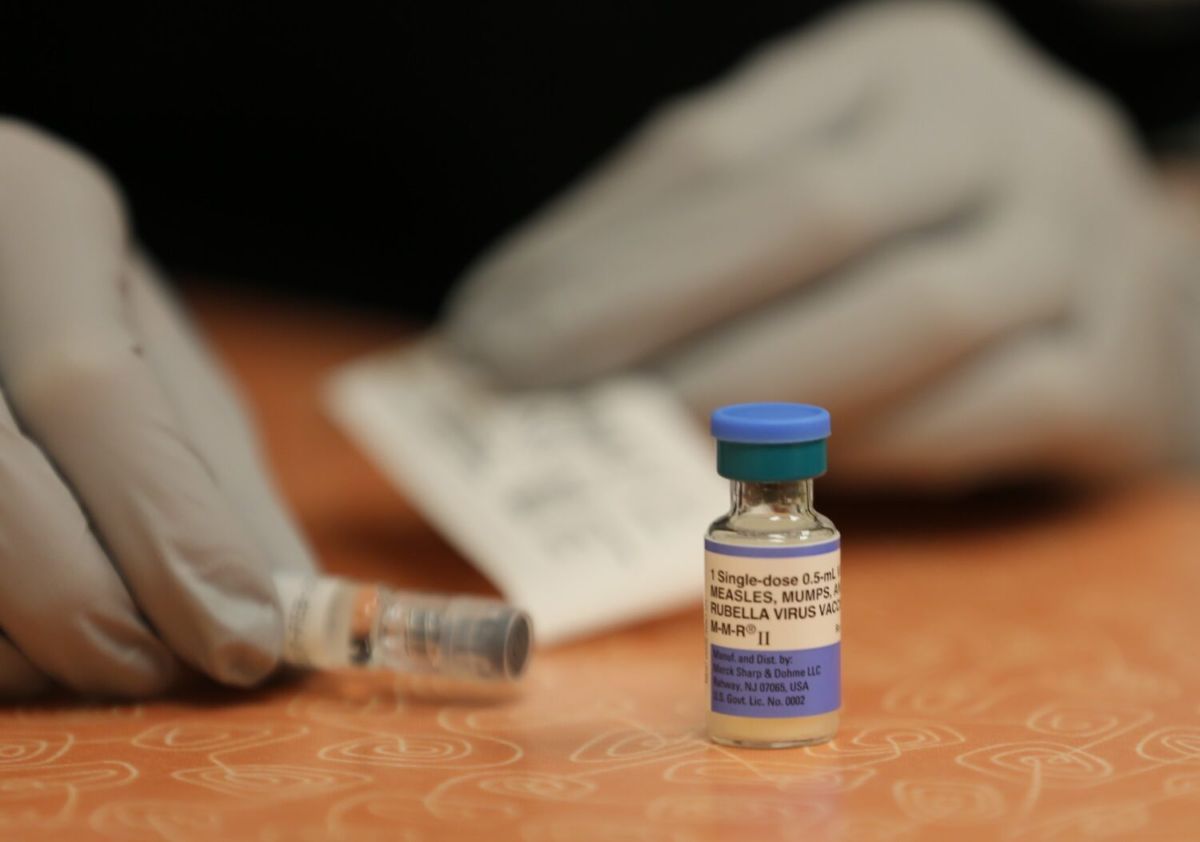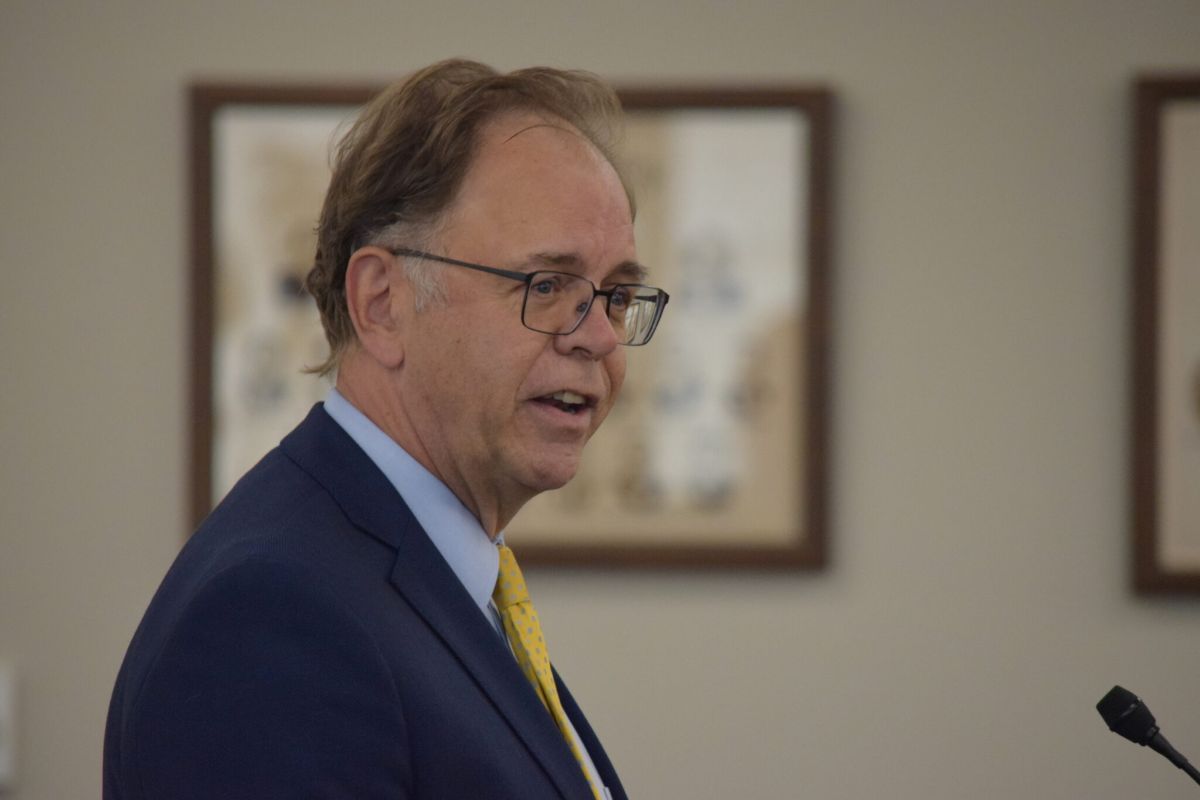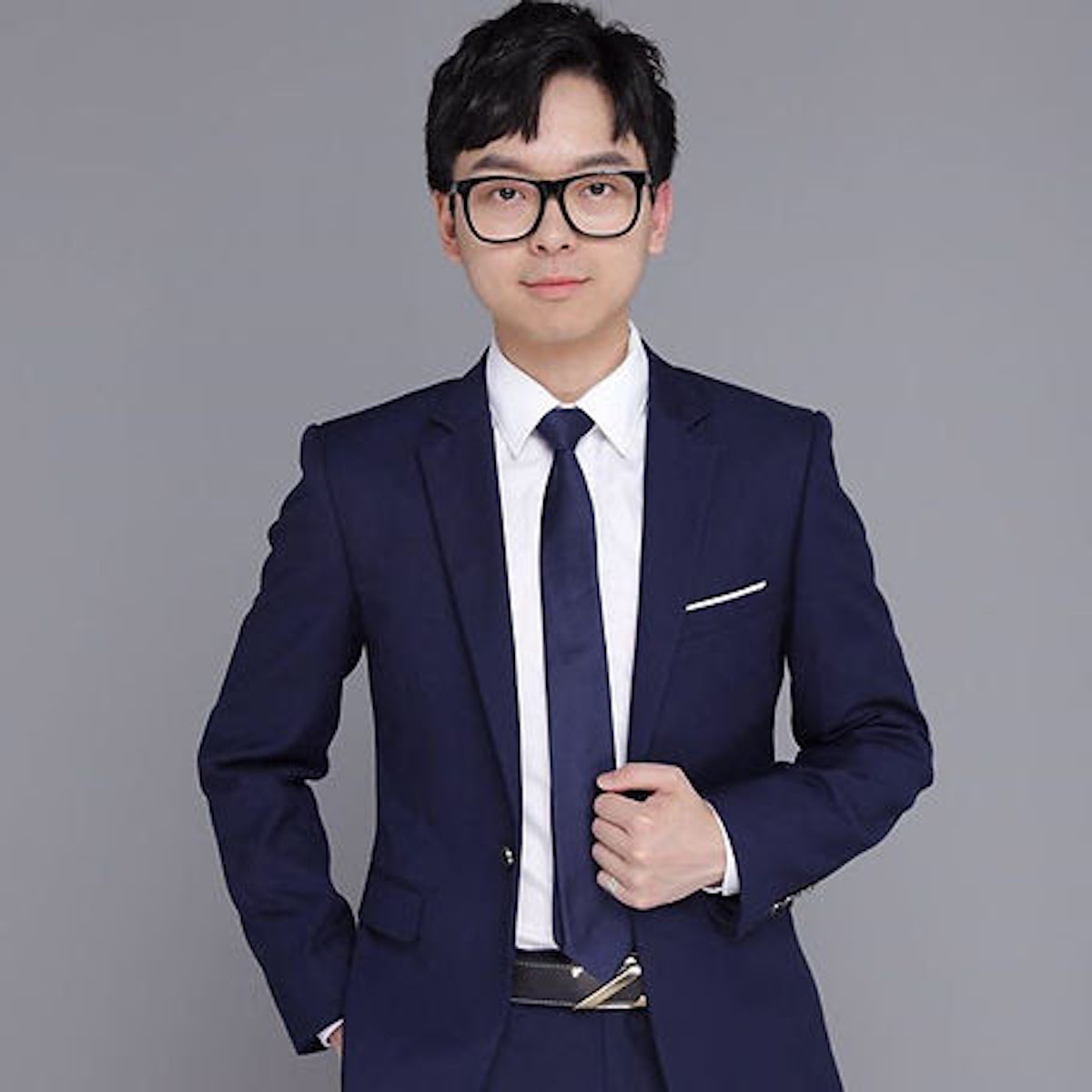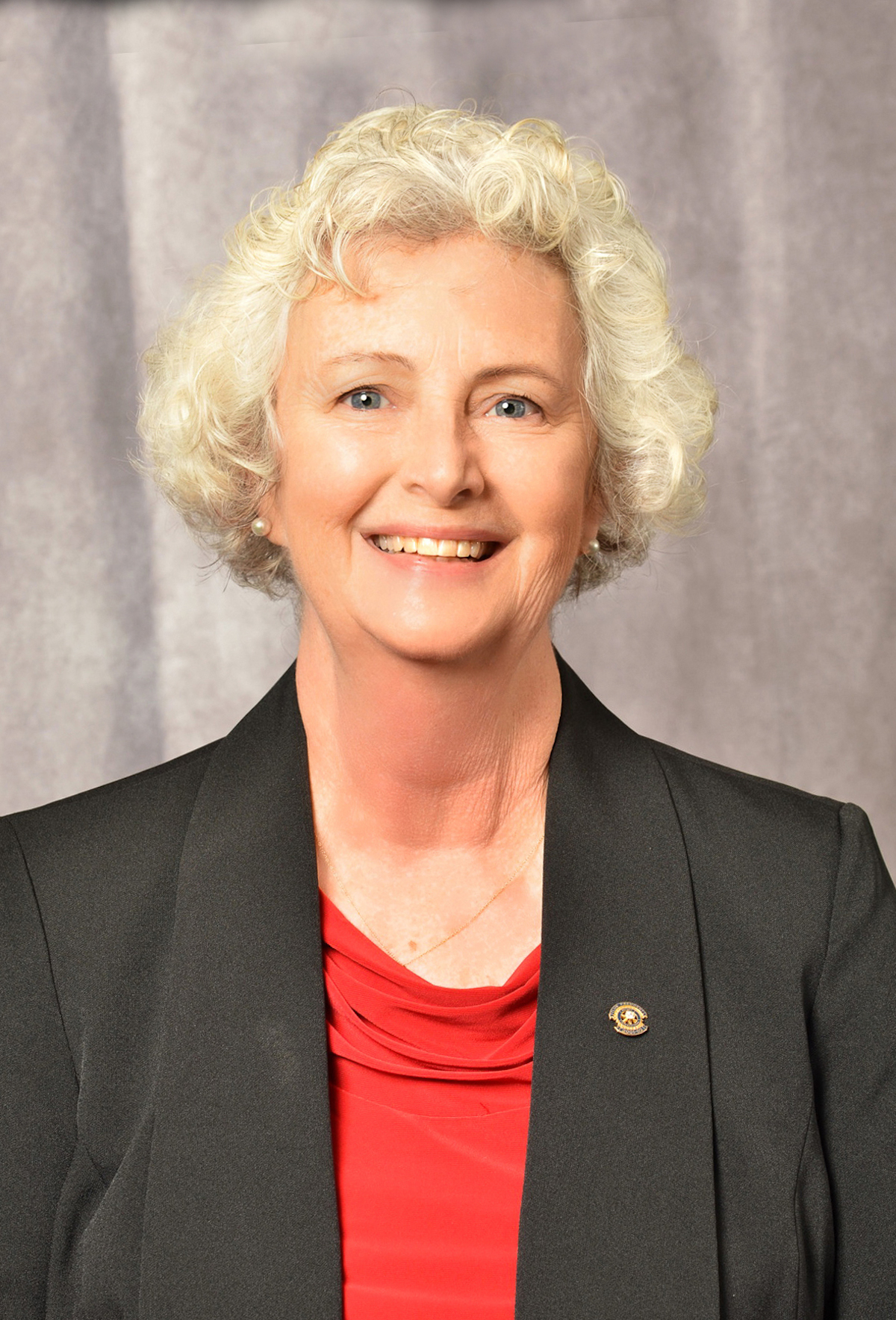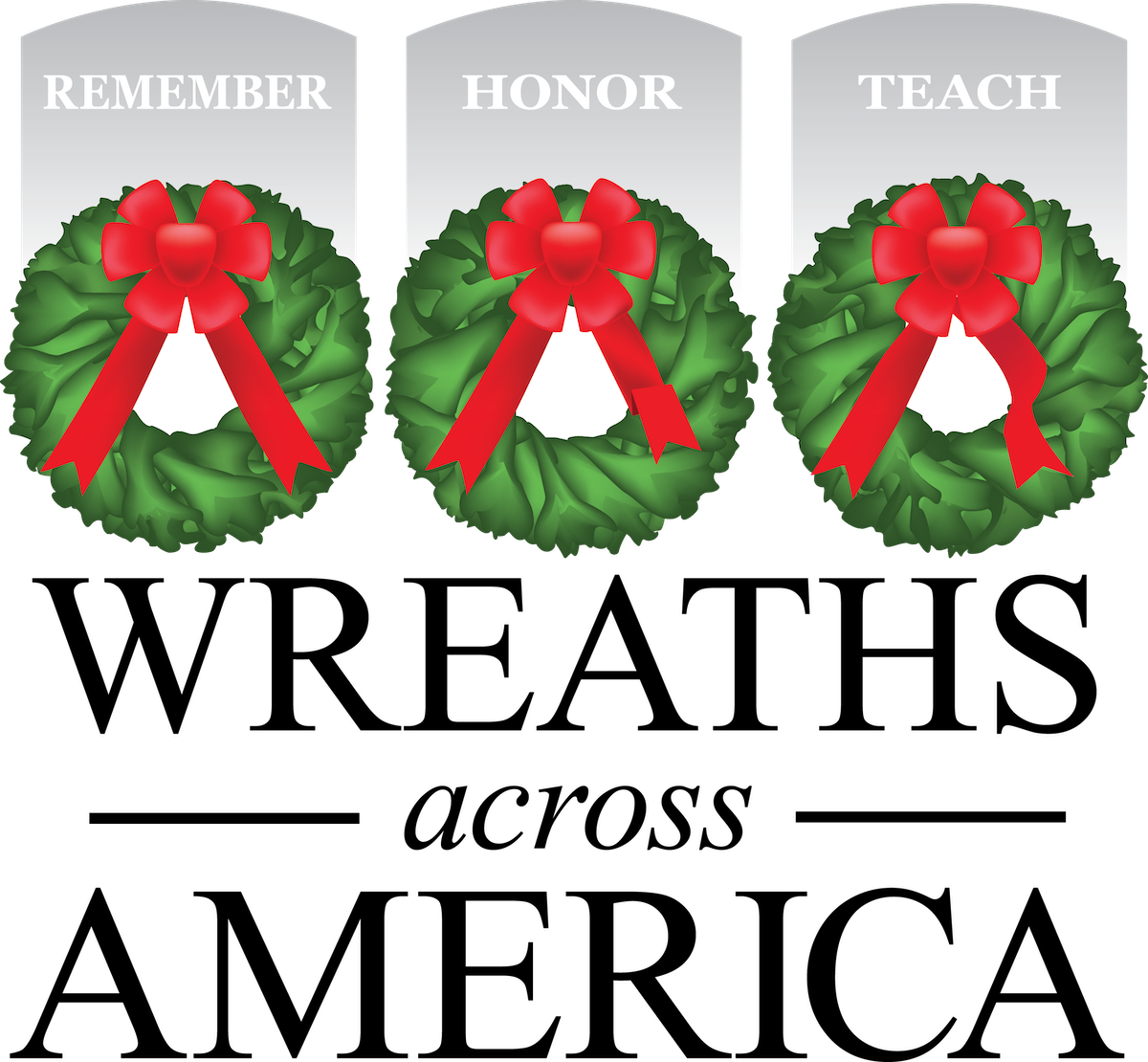By Skylar Laird
SCDailyGazette.com
COLUMBIA — Education officials are asking the state Supreme Court to at least revise its ruling on K-12 vouchers to allow parents to use their taxpayer-funded scholarships on private tuition through this school year.
The high court’s Sept. 11 ruling that stopped all payments for private tuition affected “as many as 1,500 scholarship recipients,” according to the Department of Education’s filing this week asking justices to change their opinion.
“These children’s school year will be thrown into chaos. But this need not be so,” reads the filing from attorneys for state Superintendent Ellen Weaver.
Like Gov. Henry McMaster, she is also asking the court for a rehearing in hopes the majority’s opinion flips completely. But even if that answer is no, she asks for a delay in the ruling’s implementation for the families who “face the chaos and uncertainty of a mid-year transfer back to the school they chose to leave.”
Waiting to stop the payments until June 1, 2025, would allow those students to finish out the school year where they started it, the department argued.
Parents of “nearly 700 students” had actually made tuition payments in the opening weeks of the school year. But invoices for additional students continued to come in after the agency ceased processing money flowing to private schools, reads the filing obtained Friday by the S.C. Daily Gazette.
The court document provides no further details on how the agency arrived at a potential impact of 1,500 students or how much money has been paid for tuition so far. But it provides the only public numbers on the program’s private school participation since the ruling. The Gazette has been asking for a breakdown.
The school choice law Republicans passed last year provided parents $6,000 through four installments to spend on approved expenses — primarily tuition, but also tutoring, educational therapy and other costs such as textbooks. The first $1,500 allotment went into accounts in July.
In a 3-2 split, justices ruled the voucher payments violated the state constitution’s ban on public taxes directly benefiting private education, abruptly ending all private tuition payments.
If the 1,500-student estimate is accurate, that’s just over half of the 2,880 students who were accepted into the program for this inaugural year.
The state law capped participation at 5,000 students this school year, but of the 7,907 who applied, most applications were rejected as incomplete or ineligible, according to education department data.
The GOP leaders of the House and Senate opted not to apply for a rehearing, saying that, while they disagreed with the opinion, they don’t expect a different outcome. They’re focusing on the upcoming legislative session.
Private schools versus other uses
Patrick Kelly, a lobbyist for the Palmetto State Teachers Association, said the number of impacted students is lower than expected. He figured it would be closer to 2,000 of the 2,880 students enrolled.
“It surprises me it’s not higher,” Kelly said.
The other families used or said they would use the money for purposes other than private school tuition, said Department of Education spokesman Jason Raven.
To be eligible for the taxpayer-funded scholarships this year, students had to be either in a public school last year or entering kindergarten. They could use the money for private tuition or to attend a public school outside their school district. State law allows districts to charge tuition for students who live elsewhere to cover local property taxes.
The lower-than-expected participation could be partly explained by parents who enrolled their children in a private school but hadn’t yet made a payment when the high court’s ruling came down, said Palmetto Promise Institute spokeswoman Felicity Ropp.
Palmetto Promise Institute, which spent years lobbying for the school choice program, has heard from some families who decided not to spend the money at all, Ropp said.
Some families may have realized after applying that they didn’t have any real options for a private school in their area, while others may simply have changed their minds, she said.
In some cases, parents may not have understood the program. The conservative think tank heard from parents who thought the money could pay for services for their child without switching schools or that it could help pay for college instead of a K-12 school, Ropp said.
The idea that so many families might have used the money for something other than private school tuition would be shocking, since it would mean many families “are using an ESA for something other than what people thought, what I thought, was the core use of the program,” which was private school tuition, Kelly said.
The department’s request
Without the continuing scholarships, many of the families using the money for private school tuition would have to take their children out of private school to re-enroll them in public school, education department lawyers wrote in the petition.
The first year was directed at helping low-income families. Only Medicaid-eligible students qualified.
Families could not make more than 200% of the federal poverty level, which is $51,640 for a family of three. For a single parent and child, annual income can’t exceed $40,880. (Under the law, the income cap doubles to 400% of the poverty level by year three.)
The families participating this year likely can’t afford private school tuition without the help of state taxpayer dollars, the department argued.
“A move between schools creates upheaval in a child’s social relationships, creating potential anxiety as they navigate new routines and places with new teachers and peers,” the petition reads. “It can be hard to form new friendships, leading to feelings of isolation and loneliness.”
The agency also pointed to complications within the school system.
Private schools may have hired more staff or made more room to accommodate the new students, and public schools would have to take on at least 700 extra students across the state if everyone returned to their home district, the petition reads.
“It is equally unfair to the nonpublic schools that took on extra expenses to serve them, expenses they could no longer recoup, and to the public schools that are not ready for an unexpected, unbudgeted influx of students through their doors,” the petition reads.
The question is interesting, Kelly said.
On one hand, the high court already ruled that the program violates the state constitution, so any decision justices make would have to follow the law, he said.
But on the other hand, hundreds of low-income families have already committed to sending their children to private schools for the year, said Kelly, who also teaches an honors government course at Blythewood High School.
“As an educator and a parent, anything that gives a pathway for these families to stay in the school where they started the year is worth considering,” Kelly said.
Skylar Laird covers the South Carolina Legislature and criminal justice issues. Originally from Missouri, she previously worked for The Post and Courier’s Columbia bureau. S.C. Daily Gazette is part of States Newsroom, the nation’s largest state-focused nonprofit news organization.


